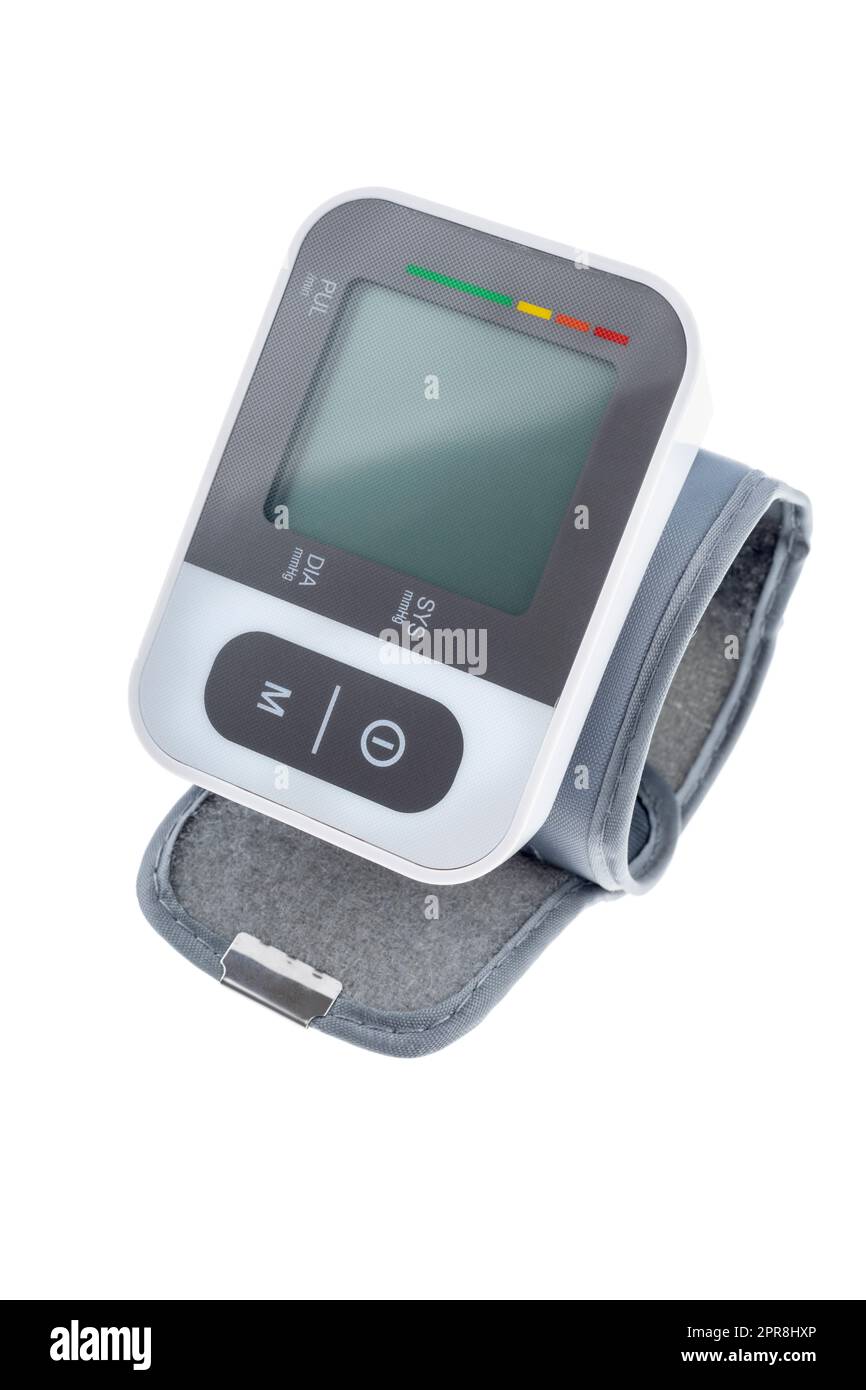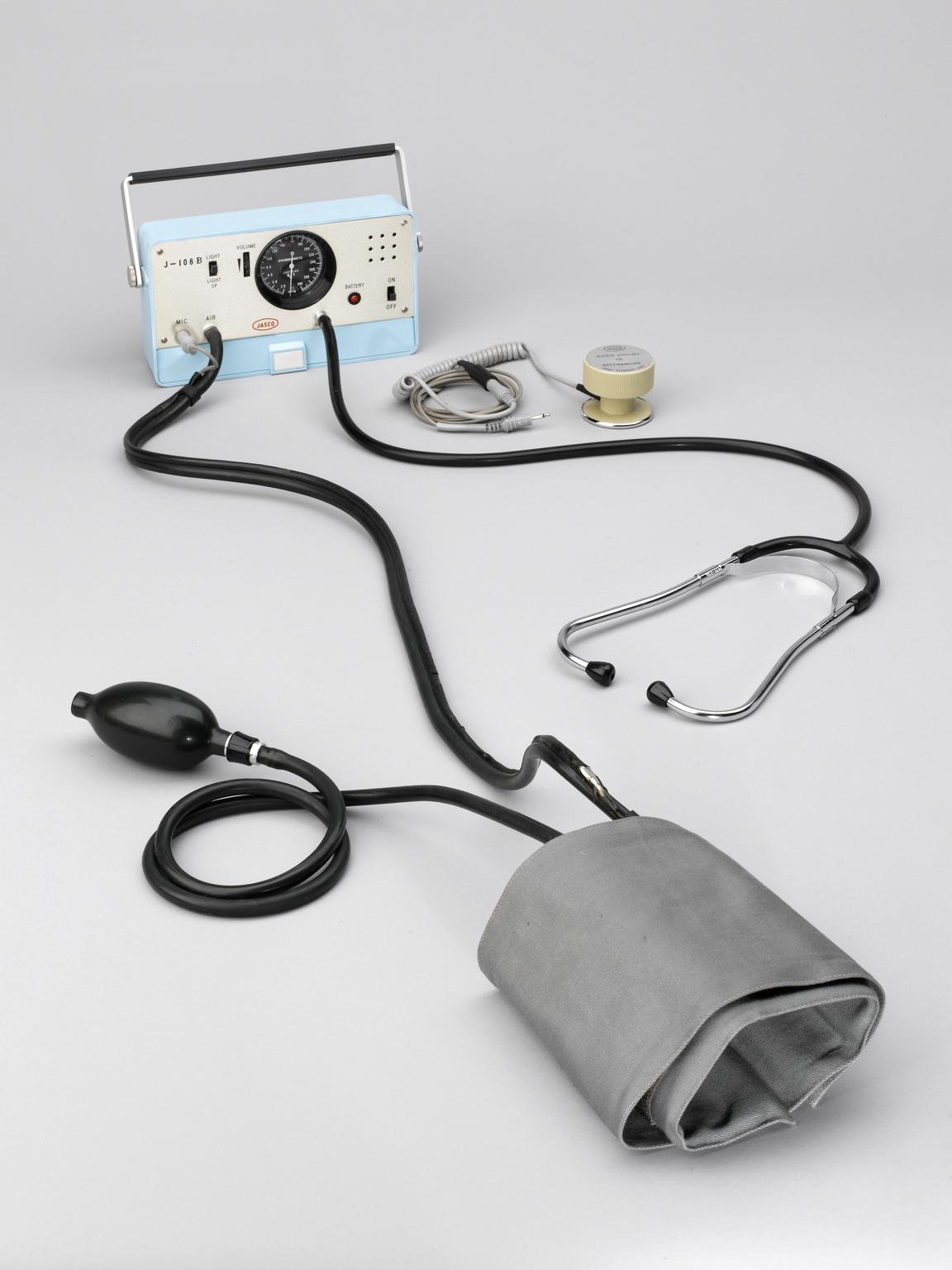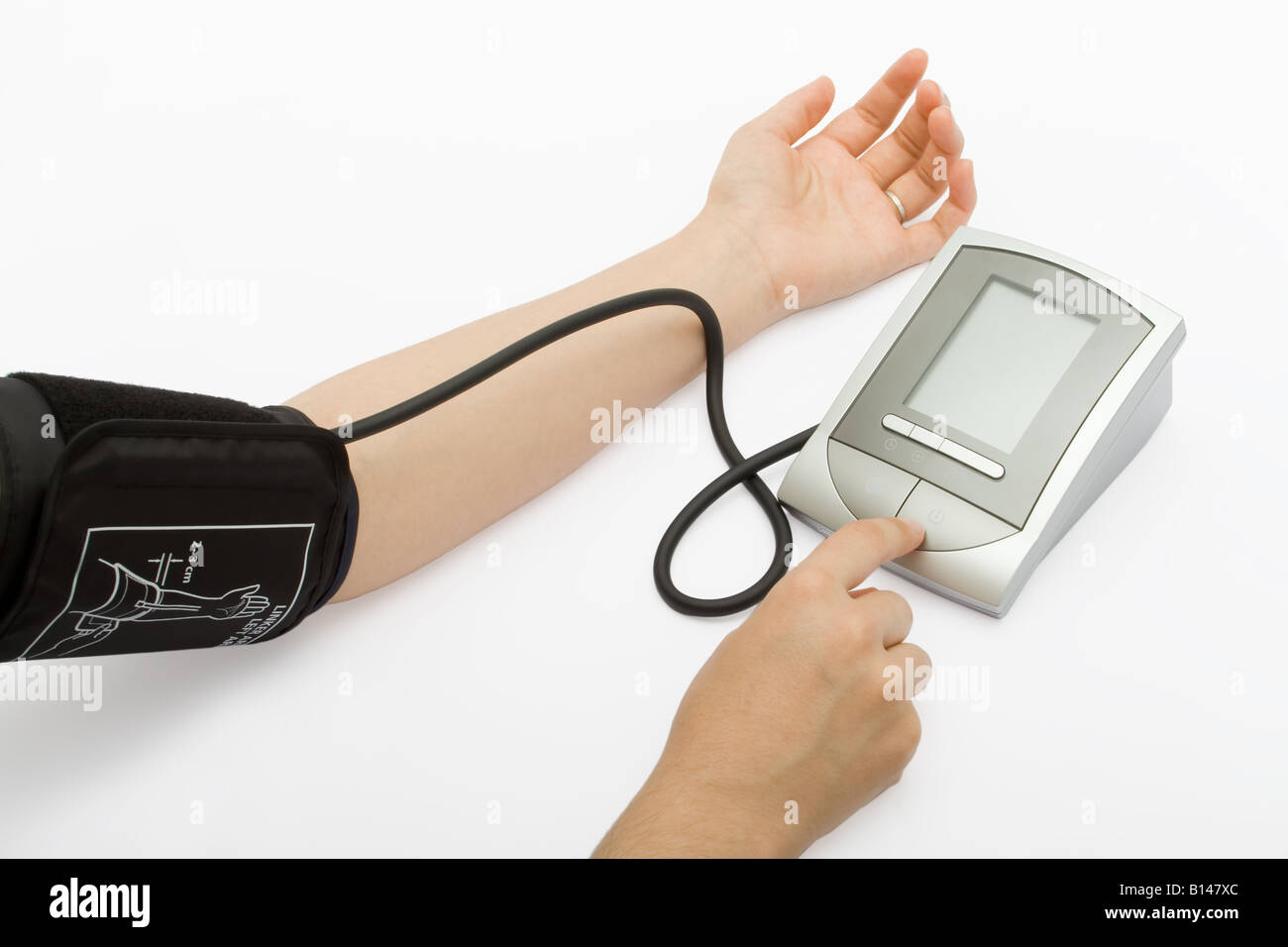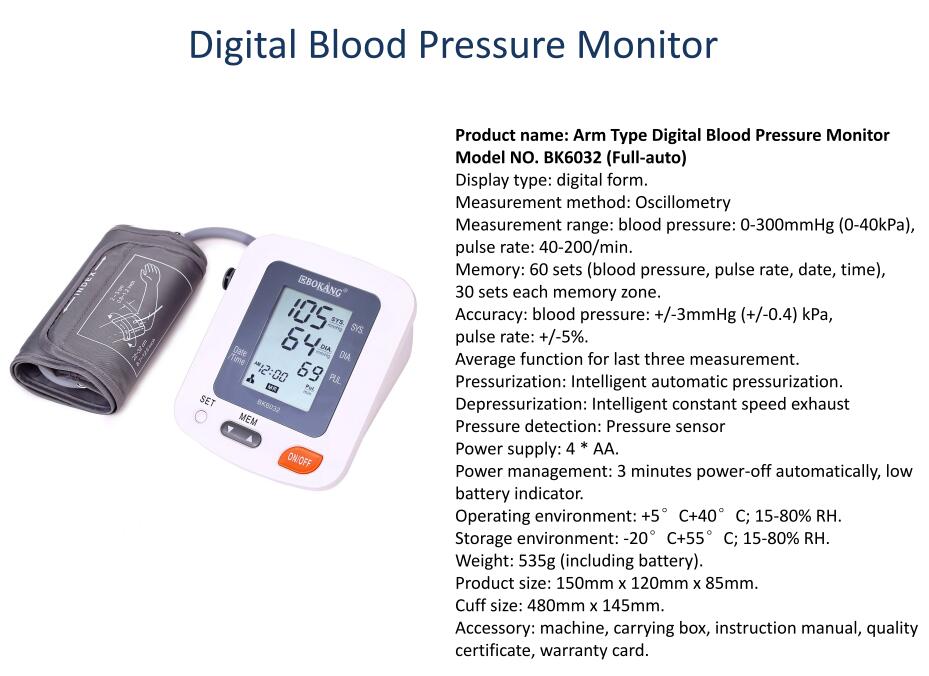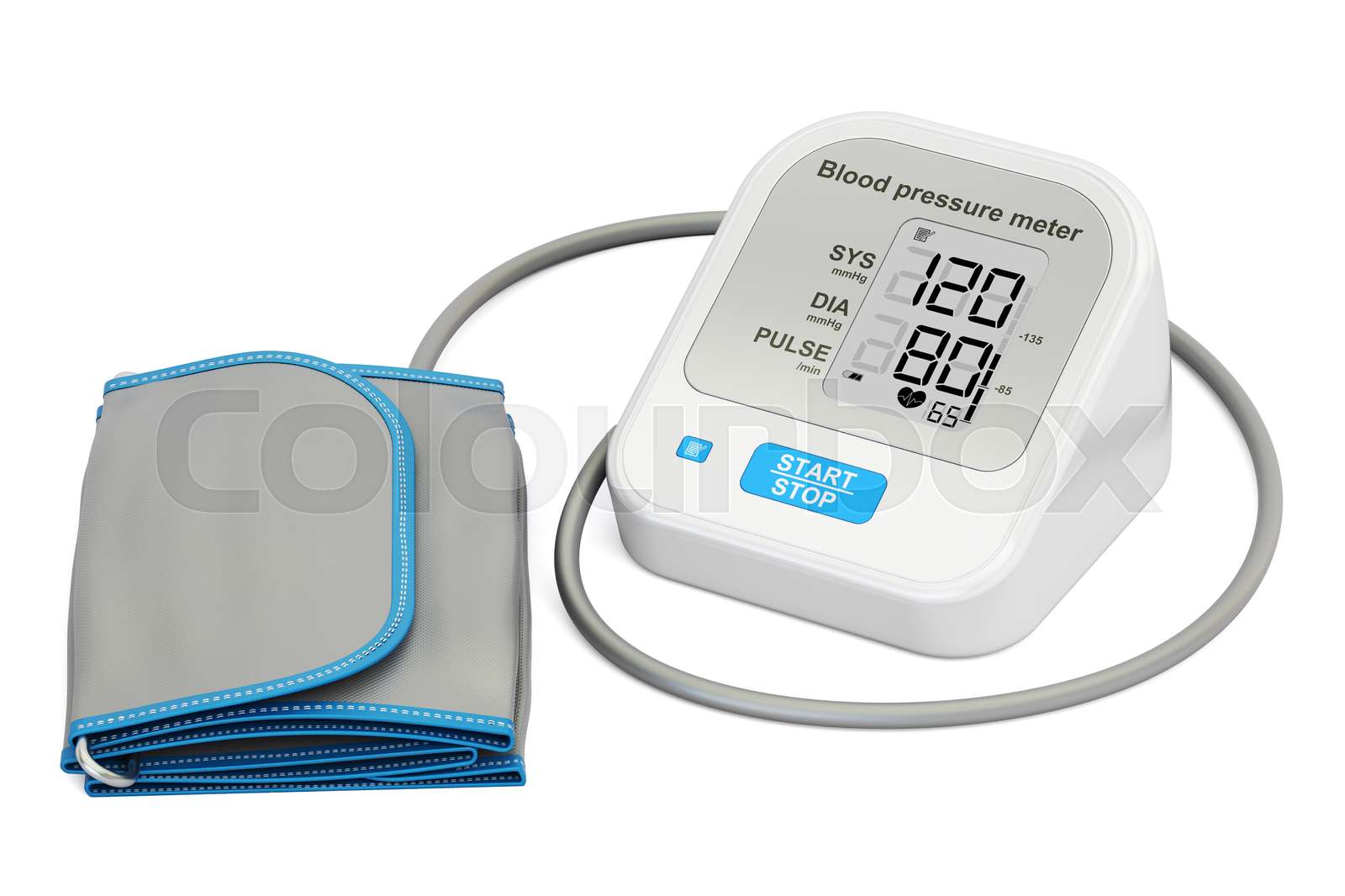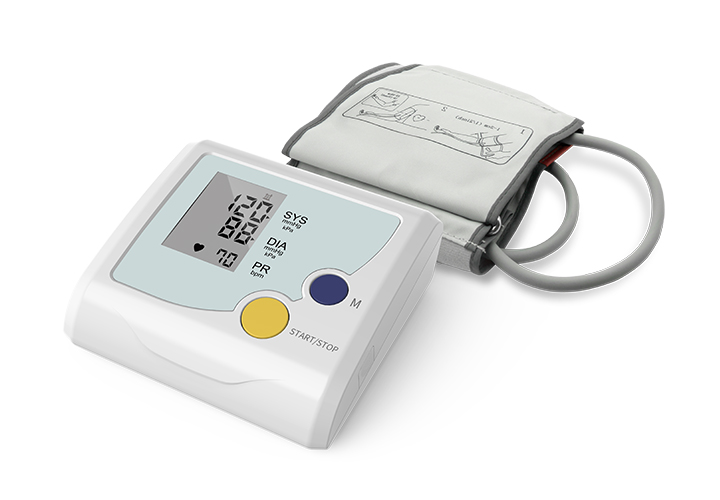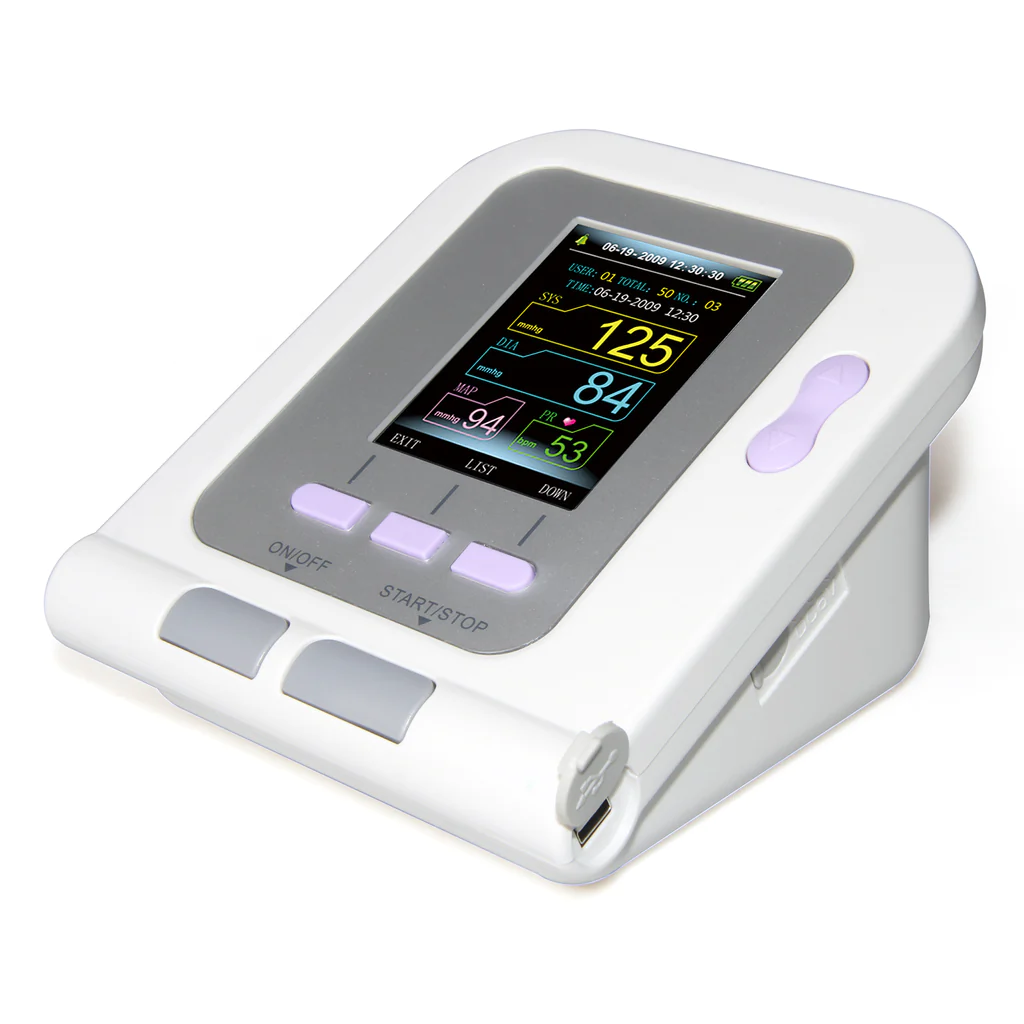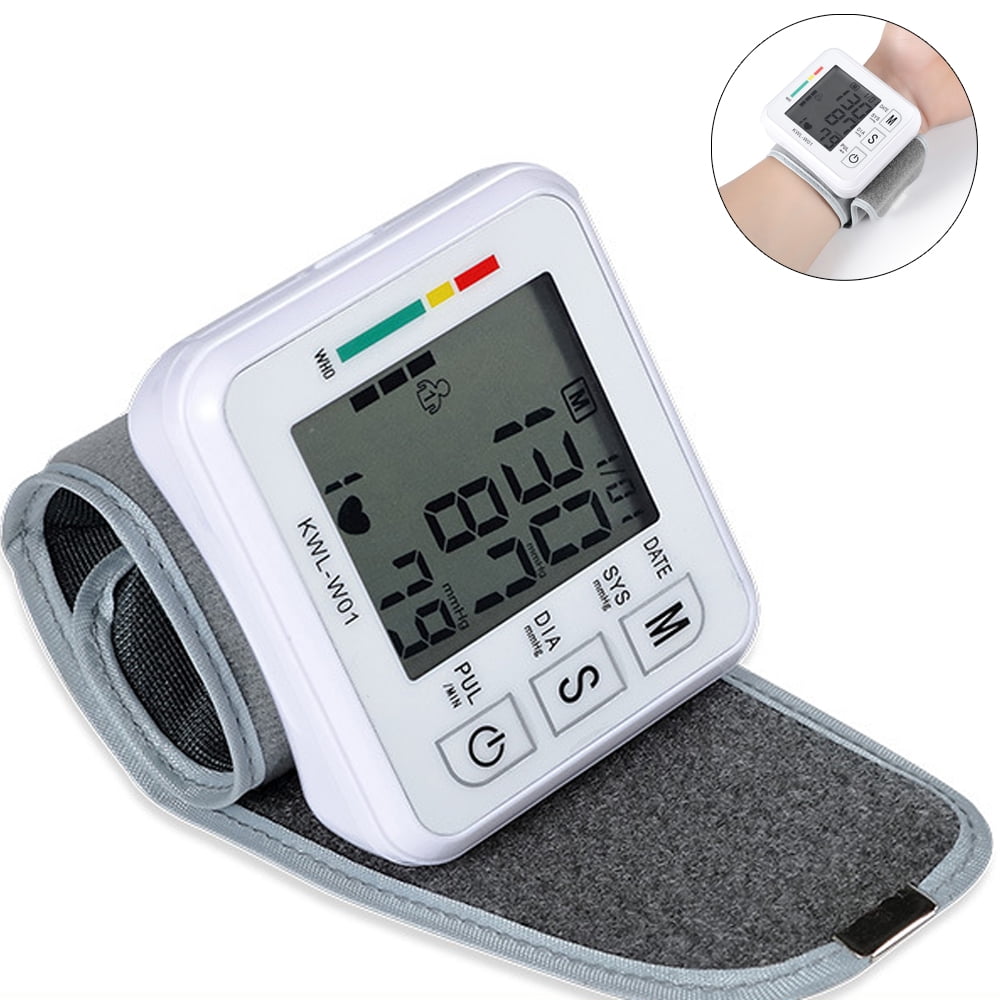Which Of The Following Is A Characteristic Of Electronic Sphygmomanometers
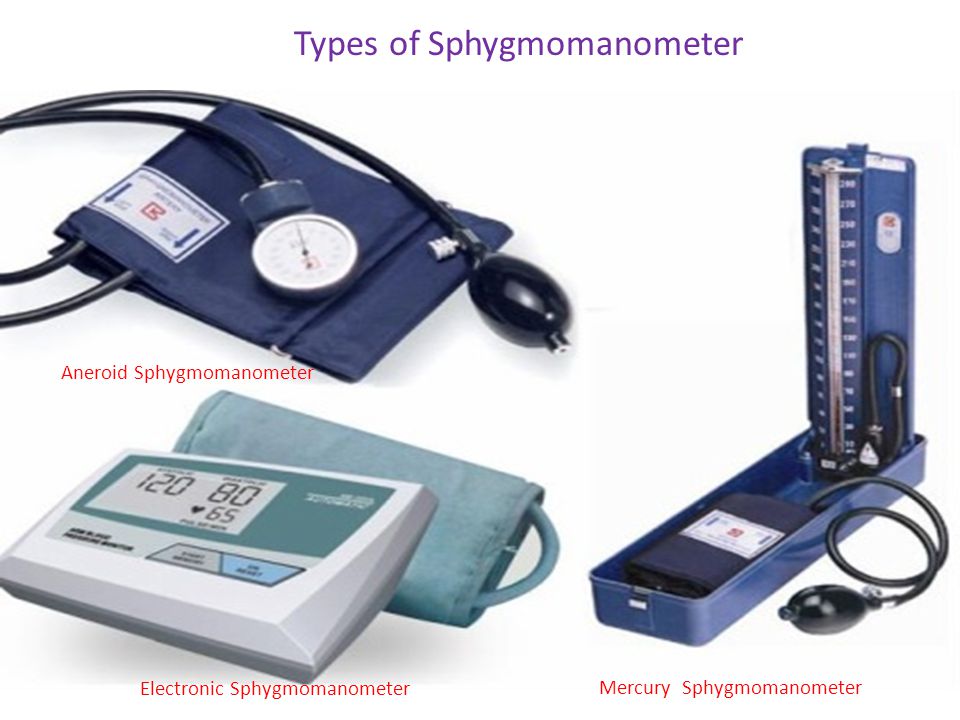
Electronic sphygmomanometers are revolutionizing blood pressure monitoring with their ease of use. One key characteristic sets them apart: automatic cuff inflation and deflation.
These devices, unlike their manual counterparts, eliminate the need for a stethoscope and manual pumping.
Understanding Electronic Sphygmomanometers
Electronic sphygmomanometers, also known as digital blood pressure monitors, provide automated blood pressure readings.
They are increasingly popular for home use and clinical settings due to their simplicity and reduced training requirements.
Key Characteristics Unveiled
The defining feature of an electronic sphygmomanometer is its ability to automatically inflate and deflate the cuff.
This eliminates the need for the user to manually pump the cuff using a bulb, a process that can be challenging for some, especially elderly individuals.
The device uses an internal electric pump to inflate the cuff to a predetermined pressure. This is done until it exceeds the expected systolic pressure.
Once inflated, the device slowly deflates the cuff. Sensors detect the oscillometric changes in the artery.
These oscillations are converted into systolic and diastolic blood pressure readings. The readings are then displayed on a digital screen.
Other crucial characteristics include a digital display for easy reading and memory storage for tracking blood pressure trends over time.
Many models offer irregular heartbeat detection, alerting users to potential arrhythmias.
Power source varies. It include batteries or AC adapters, adding to their portability and convenience.
"Electronic sphygmomanometers offer convenience and ease of use, leading to better blood pressure management," says Dr. Anya Sharma, a leading cardiologist.
Accuracy and Reliability
While electronic sphygmomanometers are convenient, accuracy is paramount. Regular calibration is crucial.
Factors like cuff size, arm position, and patient movement can affect readings.
It is advisable to follow the manufacturer's instructions for proper use and seek professional advice for any concerns regarding accuracy.
Studies have shown that validated electronic sphygmomanometers can provide accurate readings when used correctly.
Impact on Healthcare
The widespread adoption of electronic sphygmomanometers is transforming healthcare.
Remote patient monitoring programs are leveraging these devices to track blood pressure remotely.
This enables timely intervention and reduces the need for frequent clinic visits.
Telemedicine platforms are also integrating with electronic sphygmomanometers. This allow patients to share blood pressure readings with their healthcare providers virtually.
Future Developments
The future of electronic sphygmomanometers involves further advancements in sensor technology and data analytics.
Integration with wearable devices and smartphone apps is expected to become more prevalent.
This will enable continuous blood pressure monitoring and personalized health management.
Researchers are also exploring non-cuff-based blood pressure monitoring technologies.
Such technologies could potentially revolutionize blood pressure management even further.
Manufacturers are continuously working to improve the accuracy, reliability, and user-friendliness of these devices.


